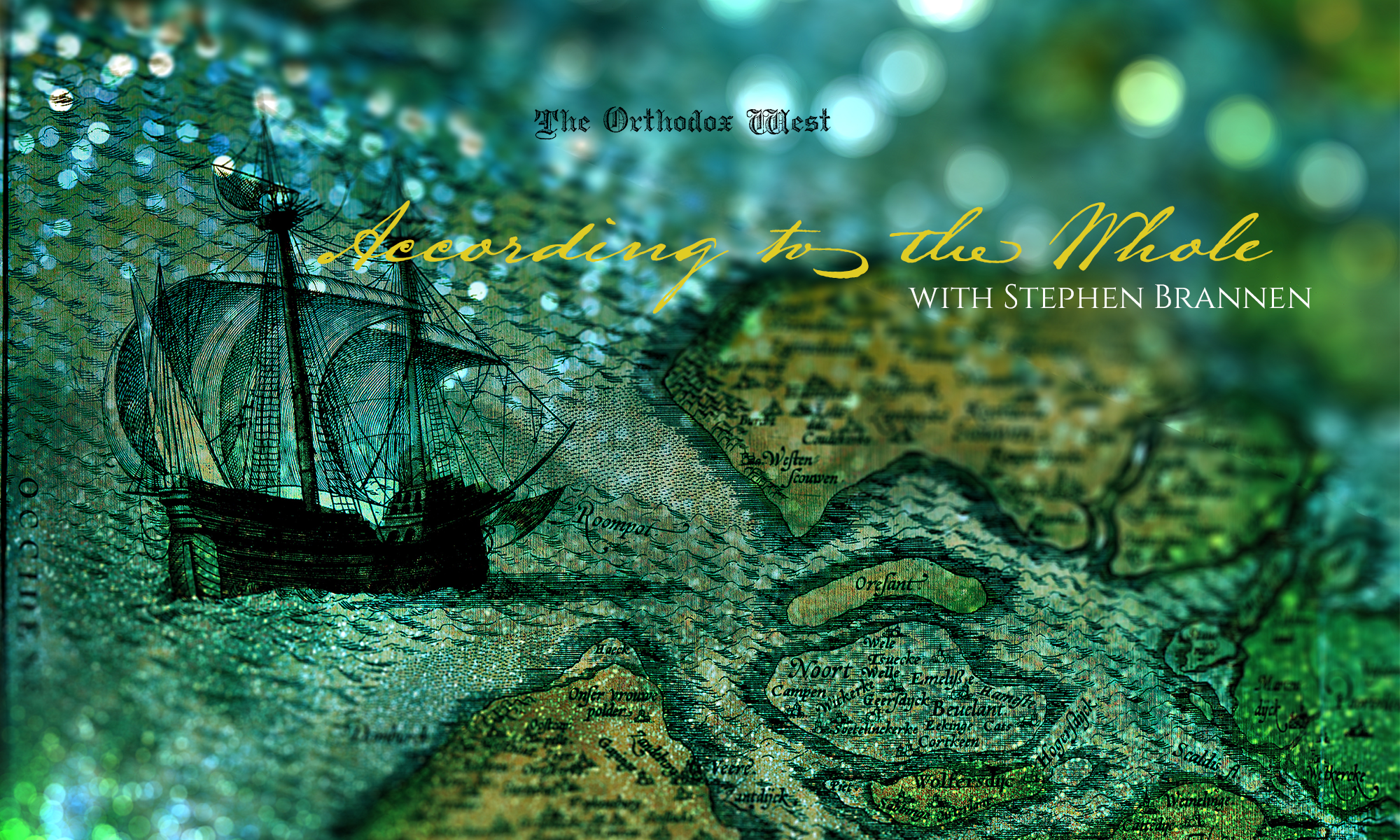
In the first decades of the Church, Christians (both in Jerusalem and the cities where the Apostles preached) would have used essentially the same liturgical form of worship. Over time, as the Church grew to include various people groups and their languages, the original Eucharistic service from Jerusalem was developed and adorned by those various peoples according to their unique musical and artistic expressions, poetic traditions, and senses of beauty, dignity, and piety.
The largely Greek speaking eastern half of the Roman Empire would come to call the celebration of the Eucharist “the Divine Liturgy” (Liturgy from the Greek λειτουργία, meaning a “public service”). In the western part of the Roman Empire, where the legacy of old Roman culture was more established and Latin was the lingua franca, the Eucharist came to be called the “Missa” (or “the Mass” in English). This word comes from the final dismissal of the service: “Ite, missa est”. Though many of the sights, sounds, and particular words of the Eucharistic services of the Eastern and Western traditions are different, the structures of both are very much alike, because both developed out of that original primitive Liturgy of the earliest Christians.
The basic shape of the Liturgy in both the East and the West is two-fold, consisting of the “Liturgy of the Catechumens” and the “Liturgy of the Faithful.” These are so named because in the first centuries of the Church catechumens (or those who were still being prepared to be received into the Church as full members) would be dismissed after the first part, leaving only the full members of the Church (the “faithful”) for the second part. Because the practice of dismissing the catechumens between each part has largely disappeared, the two main parts of the Liturgy are now sometimes called after what their primary focusses are: the “Liturgy of the Word” and the “Liturgy of the Eucharist” (fulfilling the Jewish worship forms of synagogue and Temple, of Scripture and Sacrifice). In both Eastern and Western Liturgies, these two main parts can be further divided as follows:
The Liturgy of the Word
- Entrance – This includes the fixed features of the Great Litany and three antiphons in the East, and the Kyrie and Gloria in the West (though there can be some daily/seasonal variation in these). It also includes chants proper to the day, being the Troparia and Kontakia in the East, and the Introit and Collects in the West.
- Proclamation – Passages of Scripture are proclaimed over the congregation, in both East and West accompanied by special chants (the prokeimenon in the East, and the gradual in the West) and at the Gospel a triple “Alleluia” chant with verses for the day.
- Homily – The general custom in both East and West these days is to follow the Gospel proclamation with a homily, usually based on the Gospel passage or theme for the day.
The Liturgy of the Eucharist
- Creed – The word creed comes from its first word in Latin: Credo (“I believe”). The Creed has also been known as the Symbol of Faith, even in the West (Symbolum fidei).
- Oblation – The gifts of bread and wine are reverently brought from the preparation table to the Altar. This is done solemnly but directly in the West, while in the East the gifts are processed out into the Nave in the Great Entrance. The Eastern Liturgy continues with the Cherubic Hymn, and in the West the proper Offertory chant of the day is sung, often followed by some appropriate hymn. The Western offertory prayers are prayed at this point, being analogous to what takes place before the Eastern Liturgy during the Proskomedia.
- Consecration – In both Eastern and Western rites, the Canon/Anaphora begins with the priest’s admonition to the people: “Lift up your hearts.” And for both rites, the following Eucharistic prayers share the same essential features: addressed to the Father, includes Jesus’ words of institution, invokes God to make the bread and wine Christ’s own body and blood (Epiclesis), and concludes with a Trinitarian doxology.
- Communion – The faithful then receive the consecrated bread and wine while hymns/psalms/anthems are sung.
- Dismissal – After the Eucharist is properly consumed and the holy vessels cleaned, the priest blesses the people and sends them out.
(Disclaimer – though many of these similar features are definitely historically related to each other, I’m not saying for sure that all of them are exactly analogous or have developed parallel to each other. Liturgical scholarship usually paints a muddier picture. But for the sake of someone unfamiliar with one or both of these rites, hopefully this demonstrates how alike both are in structure, purpose, and method.)
